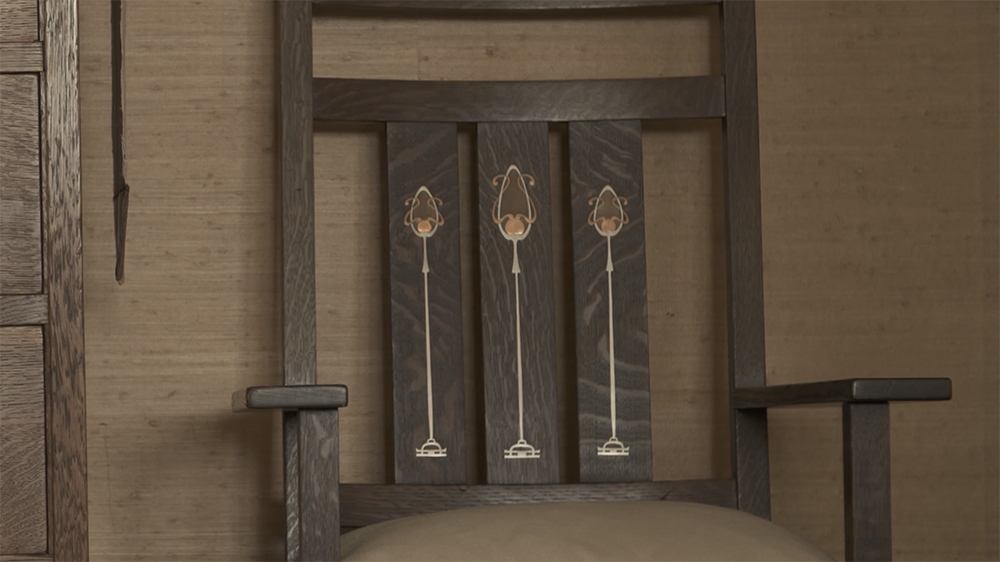“I like large parties. They’re so intimate,” the famously careless Jordan Baker opined in Scott Fitzgerald’s Gatsby. “At small parties there isn’t any privacy.”
That pretty much sums up the latest trend in workplace development, according to Brad Zizmor and Dag Folger of the multi-disciplinary New York firm, a + i Architecture. Rather than run into a “breakup room” or out into the hallway for a private call, workers head down to a building’s open area.
“There’s a change in how the workplace is evolving,” they say. “Lobbies, garden spaces and public spaces around the area of workspace are expanding.”
As the retail footprint in office buildings shrinks – the result of an ever-rising tide of online shopping – landlords are layering amenity after amenity into public spaces. That could mean coffee, a bar, televisions, breakout space, and retail areas that have become more showroom than store. “It’s more efficient to fulfill the sale digitally – people are buying into a brand, but not buying the brand in retail space,” they say.
Their practice’s focus is on how office buildings and their neighborhoods provide what was once common in the workplace. This new twist is a model that started on the residential level – in buildings with small apartments and larger, common living rooms for hosting parties. “It’s even larger now for commercial space – it’s a place to meet that doesn’t feel like a conference room – it feels like your living room,” they say.
At Tumblr’s New York offices, the company consciously took over retail space for different reasons – to host off-site meetings that are on-site – but feel like they’re off-site. “Instead of going to a bar, the library or a park, they go there,” they say. “It’s unusual – an unexpected outgrowth of the open space concept.”
In Chicago’s Merchandise Mart, they created an over-amenitized, shared space that’s savored by workers. “Employees with very cool offices with ping-pong tables love it – because the ping-pong table is considered too prescribed,” they say. “So the landlord spends the money and creates an environment where the tenant wants to be – and gets higher rents.”
In essence, it’s all a creative reminder that landlords – like nature – abhor a vacuum.
[slideshow id=1692]


